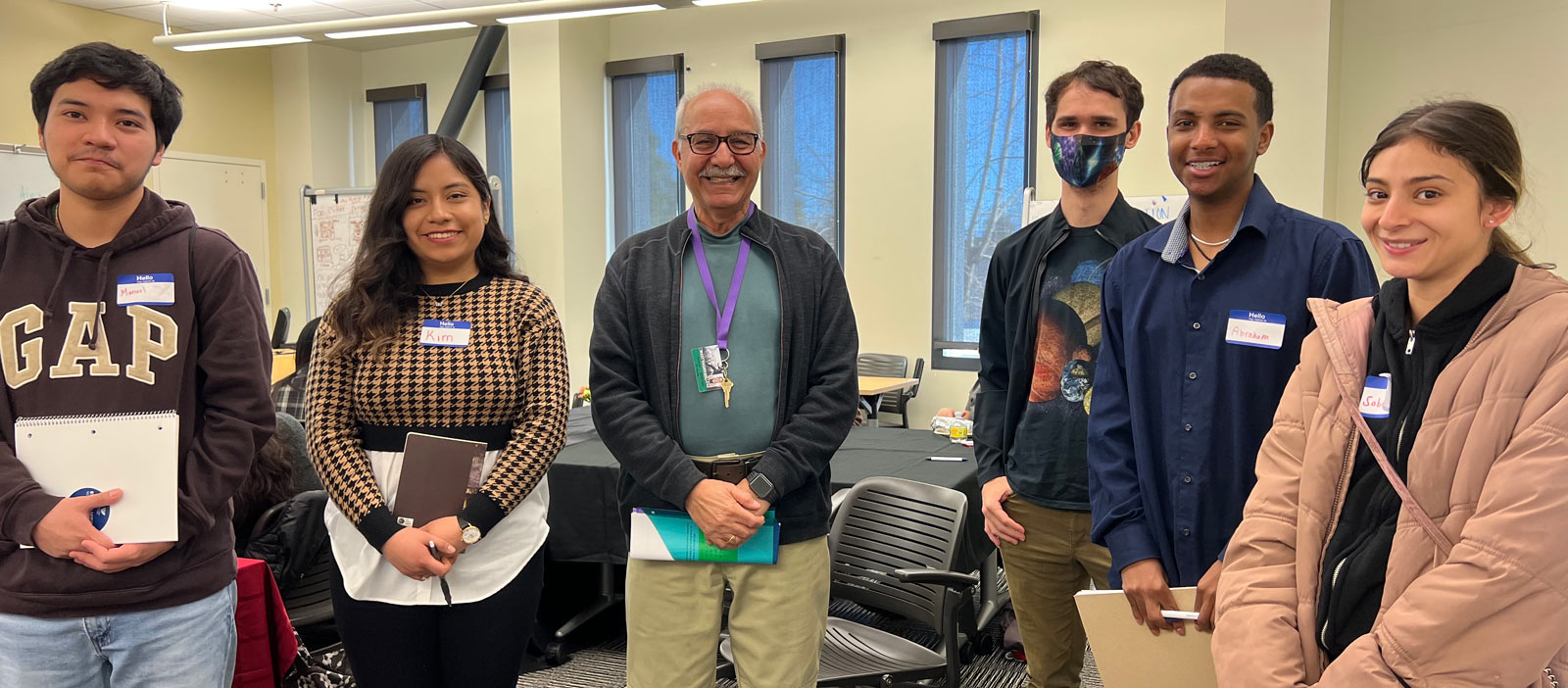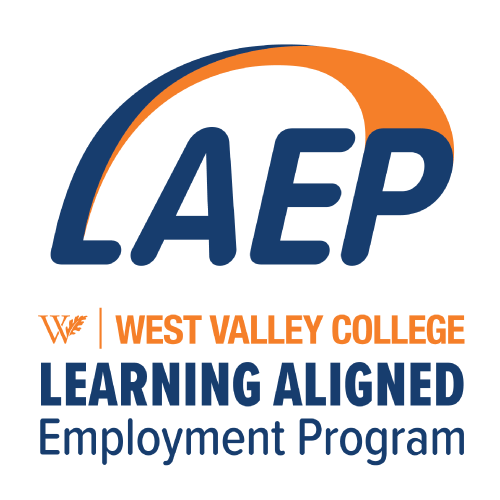

LAEP provides funds to participating public postsecondary educational institutions to offer eligible students opportunities to earn money to help pay their educational costs while gaining career-related experience in their fields of study at:
- Research centers and institutions operated by public postsecondary educational institutions providing direct opportunities to participate in research
- Public schools
- Nonsectarian, nonpolitical organizations that are capable of providing full-time employment or connection to another employer able to provide full-time employment after graduation
Which Students Are Eligible?
Students need to meet all of the following to be eligible for LAEP:
- Enrolled in at least 6 credits for Fall and Spring semesters
- California resident classification
- Satisfactory academic progress in a program leading to a degree or certificate
- Demonstrated financial need—FAFSA/DACA information needs to be current
- Eligibility to work in the U.S
Priority will be given to eligible students who are first-generation college students, current/former foster youth, and students who are homeless or at risk of being homeless.
Students need to meet one of the following to be eligible for LAEP:
- First generation college students
- Low-income students
- Current or former foster youth
- Homeless students or those at risk of becoming homeless
- Students with disabilities
- Displaced workers
- Students with dependent children
- Formerly incarcerated students
- Undocumented students meeting AB 540
- Students who are veterans
Eligibility FAQ
No, the program is only open to students pursuing an undergraduate degree.
No, the program is only open to students pursuing an initial undergraduate degree. As with Cal Grant, students enrolled in a mandatory 5-year undergraduate program can participate. Students in a teacher credential program can participate as long as the units toward the teacher credential are equivalent to at least half-time enrollment.
Yes. Students must be eligible to work in the U.S. to participate.
For the purpose of determining LAEP eligibility, “underrepresented” students include first generation college students, low-income students, students who are current or former foster youth, homeless students or those at risk of becoming homeless, students with disabilities, displaced workers, students with dependent children, formerly incarcerated students, undocumented students, students meeting the requirements of Assembly Bill 540 of the 2001–2002 Regular Session of the Legislature, and students who are veterans.
Half-time enrollment is defined as a minimum of six units during fall and spring semesters.
Please see the LAEP Handbook at csac.ca.gov/laep for more information.
Yes, but it may not be in the student’s best interest because it may be an excessive number of work hours in addition to the student’s coursework. The hours would be separate for each program; the student could not use the same hours for multiple programs.
Yes, students are required to complete an application for consideration.
The range is 10-18 hours per week, on average.
The student should be paid at a comparable rate to that paid for comparable positions within the employing organization. If the employing organization has no comparable position, the student should be paid at a rate comparable to that paid by other organizations in the field for work involving comparable duties and responsibilities. The positions should be compared on the basis of the nature of the work performed and the background and skills required for the position, and not upon the employee’s part-time or student status. In no event shall the student be paid less than the California minimum wage.
In the event that a limited amount of funding or a limited number of positions are available, the institution should give priority to any student who is a first-generation college student, a current or former foster youth, homeless, or at risk of being homeless. If, after prioritizing these students, the number of eligible underrepresented students still exceeds the available funding or number of positions, the institution should give further priority to any student who is also majoring in a science, technology, engineering, or mathematics (STEM) discipline.
Yes, LAEP includes summer opportunities in order to provide learning-aligned employment positions for eligible students who may find it difficult to locate meaningful employment because of a rigorous academic program that does not allow them to work during the academic year or because they are required to participate in an intensive work experience that satisfies academic requirements.
To be eligible to participate in a summer LAEP opportunity, the student must:
- be enrolled at least half-time in summer courses required for completion of a degree or certificate
- be accepted for enrollment on at least a half-time basis for the following normal academic term
- For example, an incoming freshman can work the summer before starting classes, as long as they have enrolled at least half-time for the upcoming fall.
- An outgoing (summer) graduate cannot work the final summer of their senior year unless they are enrolled at least half-time in courses toward their degree.
